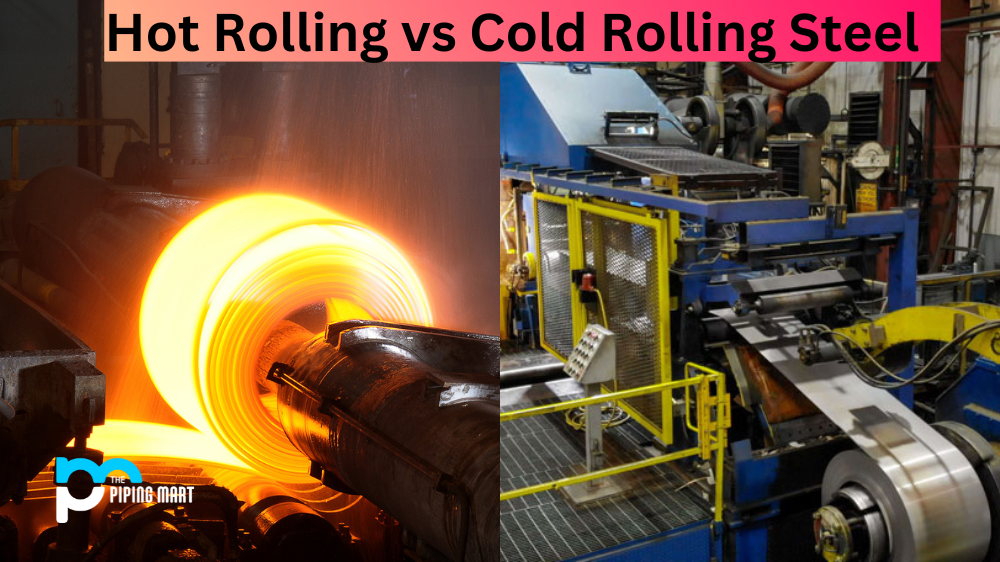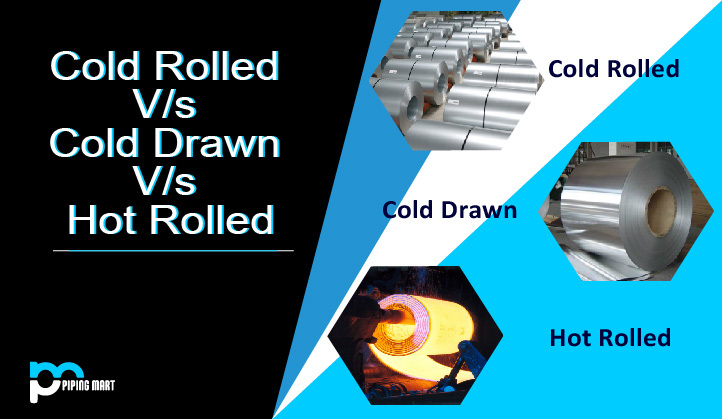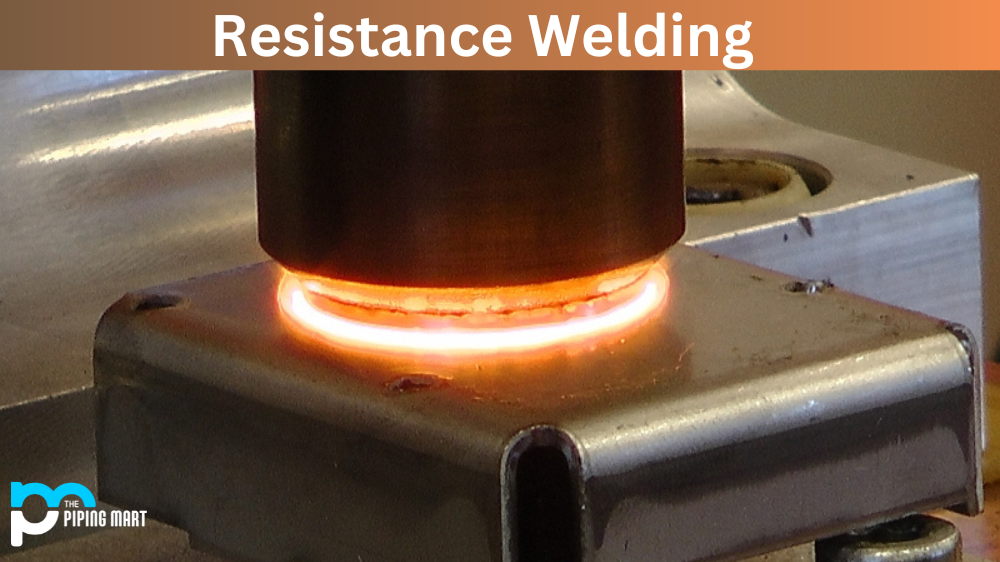You must have seen a lot of pumps at refineries and chemical industries, all in various sorts, sizes, and capacities. There are only two sorts of pumps, and they are:
- Adaptive Pumps and
- Pumps with positive displacement
Positive displacement pumps have moving parts like the piston, whereas dynamic pumps have rotating parts like impellers. Centrifugal pumps are the most widely used, straightforward, tested, efficiency, affordable, and long-lasting form of dynamic pump.
What is Centrifugal Pump?
A centrifugal pump is a particularly created mechanical device that pushes fluid using the rotating force of the pump’s impellers, which are its moving parts. As fluid enters the impeller along its axis, the centrifugal force produced by the impeller vanes causes the fluid to acquire kinetic energy and pressure.
The impeller vane tips boost fluid pressure and velocity while directing these factors toward the pump discharge nozzle. The fluid is generated throughout the system by the increased pressure and velocity, which also provides a driving force to get to other pump-connected equipment.
A centrifugal compressor increases fluid force by transferring mechanical energy from the electric motor to the liquid through the revolving impeller. These pumps are affordable, simple to install, and excellent for pumping fluid.
Types of Centrifugal Pumps
There are two different types of centrifugal pumps depending on how the shaft connecting the pump’s impeller to the electric motor is oriented:
- Vertical Centrifugal Pump and
- Horizontal Centrifugal Pump
Horizontal Centrifugal Pump
This kind of centrifugal pump has an impeller horizontally positioned on a shaft connected to an electric motor. Pump impeller vanes rotate fluid at high speeds. This forces the fluid toward the transmission.
Installing and maintaining the multistage horizontal centrifugal pumps is simpler. This sort of pump’s horizontal orientation makes it simple to reach the internal components. The pump might be of the following types depending on where the suction and discharge nozzles are located:
- Top Suction Top Discharge
- Side Suction Top Discharge
- Side Suction Side Discharge
Working of Horizontal Centrifugal Pump
The centrifugal pump increases the fluid’s flow rate and pressure. Fluid is transmitted in this way from low to high levels. A horizontal centrifugal pump has a very straightforward mechanism for operation.
The centrifugal pumps’ impeller and casing are the key players in energy conversion. The pump’s casing is its stationary component, while the impeller rotates. Fluid enters the casing of a horizontal centrifugal pump and falls on the impeller blades, which are then rotated tangentially and radially outwards.
The diffuser portion of the casing is where the fluid exits the impeller. Fluid increases velocity and pressure as it travels through the impeller, enabling it to move from a low position to a high point. More than one impeller enables a multistage pump to achieve greater velocities and pressures.
Uses of Horizontal Centrifugal Pump
Although it requires more room, a horizontal pump is simple to install. The following are applications for horizontal centrifugal pumps:
- High-temperature fluid system.
- A pipe joining the spraying system
- Used to circulate water
- For heating, ventilation, and air conditioning in HVAC.
Advantages of Horizontal Centrifugal Pump
- Dynamically balanced, simple to use, and vibration-free.
- requires little room to place pipes.
- If perfectly aligned within the tolerance limit, produce little noise.
- The bearing is simple to maintain and replace.
- There is no air present during the pressure transfer into the fluid since it is watertight.
- Extremely low failure rates and high efficiency.
- Exceptional fit for indoor applications.
The disadvantage of Horizontal Centrifugal Pump
- The horizontal shaft of the pump needs additional room for installation.
- In comparison to a vertical centrifugal pump, the working temperature and pressure are lower.
- The constrained ability to provide NPSH (Net pressure suction head)
Vertical Centrifugal Pump
In contrast, vertical centrifugal pumps’ impeller and motor shafts are mounted in a vertical position. Because of how little floor space is needed for installation and how closely it resembles hanging from a hook, a vertical pump is also known as a cantilever pump.
The impeller of a vertical pump can hang in the sump while the bearings remain outside, thanks to a special shaft and bearing arrangement. This requires additional headroom, which makes installation and maintenance more challenging.
The majority of vertical pumps need a pit and barrel. Only electric motors can be combined with vertical pumps. Due to its overhung positioning, this pump must contend with difficulties at high suction pressure.
Working of Vertical Centrifugal Pump
Typically, an electric motor or diesel engine power a vertical pump. These pumps operate when a suction bell draws fluid through the pump. The fluid next enters the primary stage impeller to increase its velocity.
The fluid leaves the impeller and passes through the diffuser bowl above the impeller, where the fluid’s high kinetic energy is changed to high pressure. A secondary impeller directly above the bowl receives fluid from the bowl in the case of a multistage pump.
The fluid supply travels down a long vertical column before exiting the preceding diffuser bowl and flowing outside. Sleeve bushings support the rotating shaft inside the column at three to five feet intervals.
The pump’s surface-mounted discharge head allows water to change its flow direction to match the direction of the discharge pipe.
Use of Vertical Centrifugal pump
- Used to enhance pipeline pressure
- Process of product transfer and refinery mixing
- Recovery from secondary injection
- Piping system for the feedwater of a chemical transfer boiler
- Piping system for condensate
- LNG transport using cryogenic pipework
- Light hydrocarbons are moved
- Lifting seawater
Advantage of vertical centrifugal pump
- The vertical-type centrifugal pump’s flow rate is even, consistent, and simple to modify.
- There are fewer wear parts on pumps.
- Installation requires minimal floor area.
- Suited for fluids with high pressures and temperatures.
The disadvantage of Vertical Centrifugal Pump
- The viscosity of fluid has an impact on the pump’s functioning.
- needs a lot of headroom because it is vertical.
- This calls for a pit and barrel, which is expensive to build and necessary for a large multistage pump.
- Axial thrust at high suction pressure is difficult to balance because of the overhung design.
- Gas dissolved in liquids makes them challenging to handle. This can harm the pump’s mechanical seal.
How to Select Horizontal or Vertical Centrifugal Pump?
The most important factor affecting the operational efficiency of a pump is choosing one that is well-suited for the fluid type, space available, and necessity. The following considerations determine whether to use a horizontal or vertical pump:
- Space Available: The pump should be chosen based on the available floor space. While a vertical-type centrifugal pump requires less floor area but more headroom, a horizontal type needs more floor area but less headroom.
- Fluid Pressure and Temperature: Compared to horizontal pumps, a vertical pump can withstand higher fluid pressure and temperature at its suction nozzle.
- Net positive suction head (NPSH) requirement: A horizontal pump cannot supply a higher NPSH value than currently available. A vertical-type centrifugal pump should be used to obtain more NPSH than is currently available.
- Fluid transmission: Horizontal pumps are unsuitable for lifting fluid from a high-depth location. However, vertical pumps are.
Conclusion
A form of dynamic pump, centrifugal pumps are further classified into two types: horizontal centrifugal pumps and vertical centrifugal pumps. Both pumps use centrifugal force in their core operating principles, which is extremely similar.
When moving fluid from one piece of equipment to another, a horizontal centrifugal pump generates velocity and pressure by using centrifugal force through its impeller. At the same time, a vertical pump impeller aids in lifting fluid from one location and transmitting it to another.
A vertical pump takes up less room on the floor than a horizontal pump. Numerous benefits and drawbacks are associated with both types of pumps that enable us to select the most appropriate for our application.

Pipingmart is B2B portal specializes in industrial, metal and piping products. Also, share latest information and news related to products, materials and different types grades to help business dealing in this industry.




